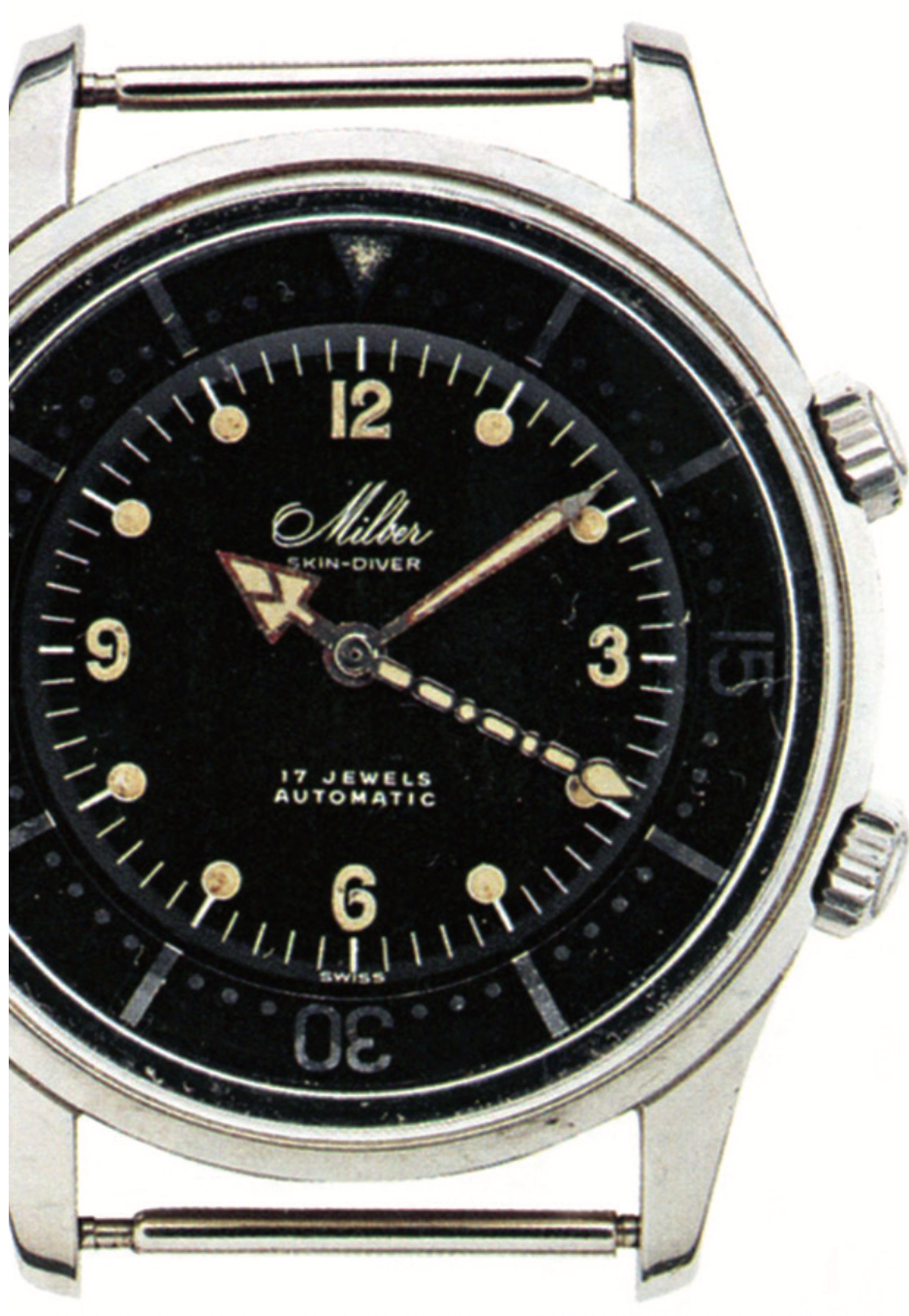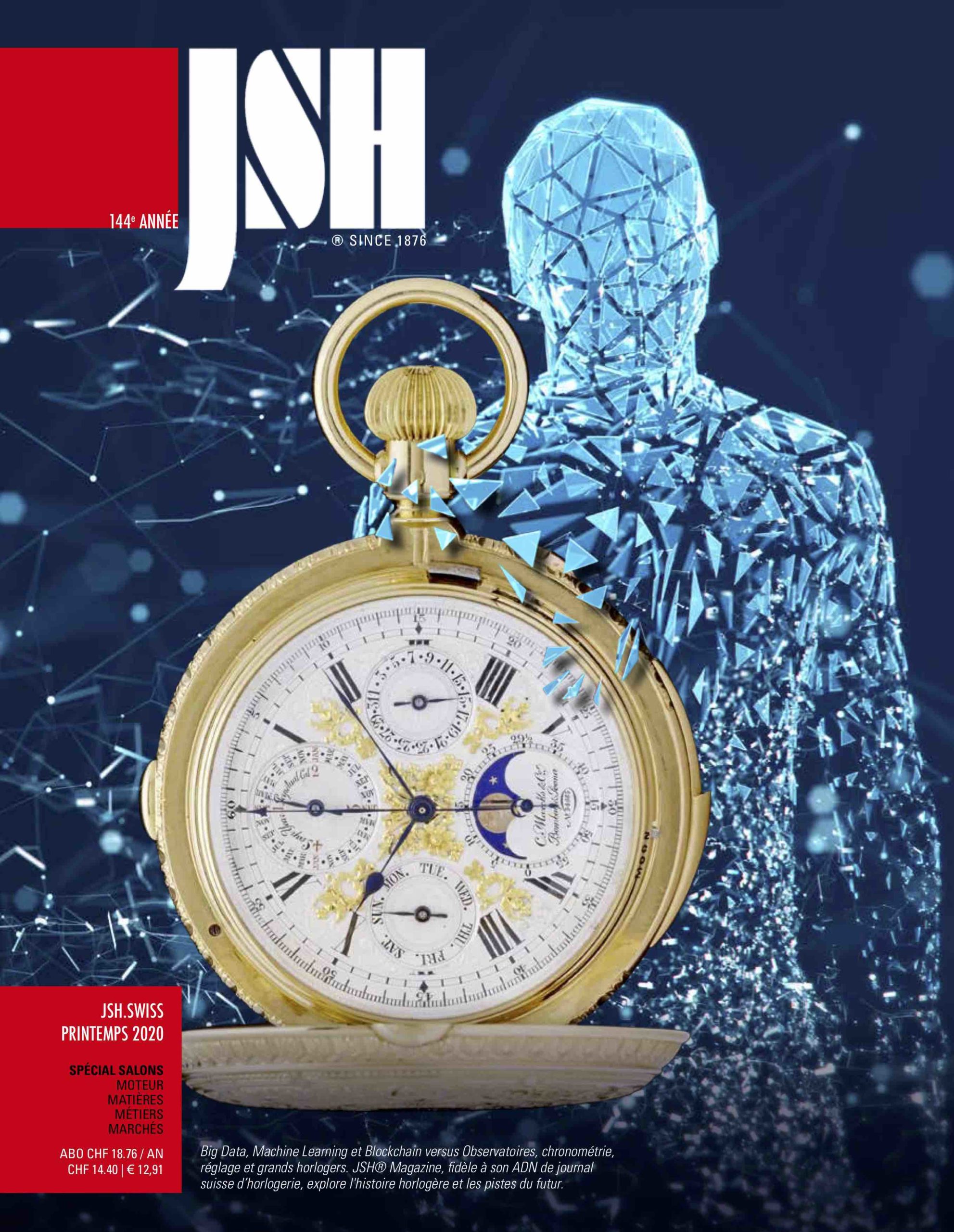Three never-before-seen images in this 2013 interview: as part of a research project for ECAL, the University of Art and Design in Lausanne, the founder of Atelier XJC, in La Chaux-de-Fonds, explores his profession’s roots.
Interview by Joël A. Grandjean
JSH® Magazine & Swiss Watch Passport’s Publisher & Editor in chief
Insta SWP | Insta JSH® | Facebook | Twitter | Linkedin
“Before the 1960s, the watch designer – in the contemporary sense of the word – practically did not exist. While in other design disciplines Charles and Ray Eames in California were at the top of their craft, watchmaking was entrusting the creation of its models to the manufacturers themselves. As a result, the same watch elements were often sold to competing brands. The brands did not feel the need to create a real identity for their products that would endure over time. They were primarily concerned to fill a demand or a market trend. At that time, very few watch brands were thinking about their own identity and the harmony with their products”.
Xavier Perrenoud: “In a world that values technical achievements and attractive mechanisms above all, the designers are rarely granted recognition.”
“If today, the designer has become an essential part in the process of creating a watch, the watchmaking industry still has a very specific relationship with its designers. In a world that values technical achievements and attractive mechanisms above all, designers are rarely recognized and few companies talk about them. The movement’s qualities and performance come first. That’s a paradox, because the movement is mostly hidden to consumers. This certainly explains why, as far as I know, no book exists on contemporary watch designers, nor on their research or working methods.”
Xavier Perrenoud is a Professor of the Master of Advanced Studies in Luxury Design at the ECAL, Lausanne, and founded his own studio in 2001. From contemporary art projects to national or international exhibitions, he is now specialized in the design of luxury products, in particular for the watchmaking and jewelry sectors. For many years, he has collaborated with prestigious brands creating or revisiting some iconic models. He has thus acquired a high level of know-how and offers a wide range of services: product design, jewelry design, collection development, packaging design and launch of star products. From prototyping to supplier follow-up. In this way, he can ensure the complete development of a brand concept, in an advisory mode.













